Summer Reading Classic Film Book Challenge: All I can say is “WHEW!”
 Made it by the skin of my teeth. You don’t know the half of it.
Made it by the skin of my teeth. You don’t know the half of it.
When Raquel over at Out of the Past announced this year’s Summer Reading Classic Film Book Challenge, I couldn’t wait to sign up! It would be my third year participating, and I’d been stockpiling potential books all year long, in anticipation of this event.
I jumped in with both feet in June, when the challenge kicked off, but a funny thing happened on the way to the bookshelf. By August 28th – just a few short days before the end of the challenge, I was still reading my THIRD book!
WHAT.
I double-checked the cutoff date for the event and, confirming that it was, indeed, September 1st, I figured that I just wasn’t going to make it this year. But then something came over me (it must’ve been a little like the feeling that the Grinch experienced when his heart grew three sizes) – I was absolutely, positively determined that, come hell or high water, headache or eyestrain, I was going to read six books by the deadline!
So this past Saturday, after finishing my third book, I turned off my TV, settled down with some snacks, snagged a couple of pairs of reading specs, and got busy!! I admit there were times when I literally had to read out loud to keep from dozing off, and there were other times when I asked myself (again, out loud), “What is WRONG with you?!” – but I kept plugging away and, as of Sunday night, at 10:20 pm, I finished my sixth book! Yeaaah, boyeeee!!!!!!!
So, still running on the fumes of this weekend’s marathon reading session, I give you my reviews on my six choices for this year’s Summer Reading Challenge:
 The Best of Everything (1958) by Rona Jaffe
The Best of Everything (1958) by Rona Jaffe
The screen version of The Best of Everything, released in 1959 and starring Hope Lange, Diane Baker, and Joan Crawford, is one of my most loved guilty pleasures. So you can just imagine how jazzed I was to read the book on which the film was based, penned by one of my favorite authors, Rona Jaffe (who, by the way, passed away on my birthday, nearly 10 years ago). The book focuses primarily on three twenty-ish girls, working, living, and loving in New York City, filled with big dreams and bigger desires. (Does that sound like something out of Ross Hunter movie, or what?) Set in the early 1950s, the book’s main character is pretty, level-headed Caroline Bender, whose college sweetheart dumped her to marry the daughter of a Dallas oil man. Caroline is smart and ambitious, and we watch her work her way up the ladder of success at a popular publishing company, from secretary to reader to editor. Caroline’s roommate is Gregg Adams, a would-be actress whose beauty is matched only by her neurotic insecurity. And the trio is rounded out by Caroline’s closest friend and co-worker April Morrison, whose life is nearly destroyed when she falls helplessly in love with a handsome, wealthy playboy who also happens to be a complete asshat.
Fairly brimming with characters so well-drawn you feel like you know each one of them, the book also features Barbara Lemont, a young single mother looking for love; Amanda Farrow, Caroline’s bitchy boss; Mary Agnes Russo, whose end-all and be-all is her upcoming wedding; Mike Rice, a functional alcoholic who becomes one of Caroline’s closest confidantes; and Mr. Shalimar, an executive at Fabian Publications who tries to put the moves on anything with a skirt.
The book was everything I expected it to be, and more. The screen version closely followed the book’s multiple storylines, but differed in several fundamental ways when it came to Caroline Bender. I don’t want to spoil the book for anyone out there intending to read it, but suffice it to say that Caroline was more daring and interesting on the page than she was on the screen. I’ll also say that, while Caroline wound up with Mike Rice at the end of the film, that certainly isn’t what happened in the book – and although we don’t assume that she’s headed for a life of casserole recipes, freshly laundered diapers, and a white picket fence, we’re pretty sure that she’s going to have a good time getting wherever she’s going.
 Ex-Wife (1929) by Ursula Parrott
Ex-Wife (1929) by Ursula Parrott
I have been wanting to read this book for, like, EVER. It’s the book on which one of my favorite pre-Codes, The Divorcee (1930), was based, and when I finally was able to get my hands on it, I thought I’d pass out from sheer delight.
The “ex-wife” of the title is Patricia, a beautiful and successful advertising copywriter who tells us in the book’s opening: “My husband left me four years ago. Why – I don’t precisely understand, and never did. Nor, I suspect, does he.” But we sure do – Patricia’s husband, Peter, did the horizontal hokey-pokey with some random dame and Patricia, figuring turnabout was fair play, did a similar deed with one of Peter’s oldest buddies. Compelled to confess her infidelity, Patricia wisely avoids telling her spouse the name of her co-conspirator – but she very unwisely, instead, decides to tell him she’s been with more than one man. And that, as they say, was the beginning of the end.
And that also is one of the few similarities between this book and the film that developed from it. Other than the fact that Patricia and Peter do, in fact, get divorced, and that there’s a character in the book whose face has been horribly disfigured as a result of a drunk-driving accident – and that Patricia is, shall we say, less than chaste once she becomes an “ex-wife” – there’s precious little in the book that has anything to do with the resulting film. Not that there’s anything wrong with that.
The book was absolutely riveting – not only did it contain such rich characterizations as those of Patricia and her best friend, Lucia – another “ex-wife” (for a time, at least) – but it also offered some episodes so shocking to me that I could barely believe what I was reading. My favorite example of this occurs when during a particularly nasty argument, Peter picks Patricia up and throws her through a glass door. (“I lay on the breakfast room floor,” Patricia tells us, “and thought vaguely that things like this did not happen.”) This was 1929, y’all! Crazy, right?
We follow Patricia through her divorce, her relationships with a series of men (including the doctor who arranges for her abortion after, shortly before her final split with Peter, she learns that she’s pregnant), her genuine and lasting friendships with several friends – male and female – and her brief encounter with the kind of love that one only reads about in fairy tales. And I don’t mind telling you that the end of the book left me with eyes so tear-filled I couldn’t even see the words in front of me. I can’t remember when I’ve enjoyed a book this much. It’s a must-read.
 Bob Dorian’s Classic Movies: Behind the Scenes of 100 Great Movies from Hollywood’s Golden Years (1990) by Bob Dorian and Dorothy Curley
Bob Dorian’s Classic Movies: Behind the Scenes of 100 Great Movies from Hollywood’s Golden Years (1990) by Bob Dorian and Dorothy Curley
I was a huge fan of the American Movie Classics channel during its heyday in the 1980s; much of my classic film collection consists of movies that I taped from AMC back in the day, and I was a great admirer of host Bob Dorian – the precursor, if you will, to our beloved Robert Osborne of TCM. It was a no-brainer, then , for me to purchase this book when it was released in 1990 – yet, in all these years, I never read more than a couple of pages. It was great fun to remedy that.
The 100 films covered in the book include such personal favorites as Alice Adams, Dinner at Eight, Grand Hotel, His Girl Friday, You Can’t Take it With You, A Letter to Three Wives, Laura, Jezebel, and Nightmare Alley – as well as others that, to date, I still haven’t seen, like Young Mr. Lincoln, Gunga Din, She Wore a Yellow Ribbon, and The Quiet Man (yeah, I know, I KNOW!!). There’s only a brief, one sentence synopsis on each film, along with a listing of the cast, director, and producer – what we get most of is fascinating anecdotes and interesting tidbits of trivia; we learn, for instance, that during the filming of Anna and the King of Siam (1946), Gale Sondergaard spent so much time kneeling in her role as the king’s first wife that she came down with a condition known as “housewife’s knees.” And that, having been born in Tokyo and raised in Stockton, California, the first time Joan Fontaine ever saw snow (even though it was artificial) was on the set of 1944’s Jane Eyre. Or that the sound of the great ape’s footsteps in King Kong (1933) were made by toilet plungers covered in sponge rubber and “walked” over gravel. I love stuff like this, and Bob Dorian’s book is chock full of it on every page. I can’t believe I had this gem in my house for 25 years and never checked it out! (Speaking of 25 years, one issue was mentioned in the book several times – film colorization. Apparently, at the time of the book’s publication, colorization was a hot topic, and one to which Dorian was passionately opposed. Thank goodness those days are behind us.)
 Dishing Hollywood (2003) by Laurie Jacobson
Dishing Hollywood (2003) by Laurie Jacobson
This book serves up (no pun intended) favorite recipes of our favorite stars, along with a heaping helping of juicy gossip. Written in a casually conversational tone, Jacobson (who is married, incidentally, to former Lassie child star Jon Provost) shares stories about “Tinseltown’s most notorious scandals,” focusing on stars from Gary Cooper to Bing Crosby, and Clara Bow to Lana Turner. There are also some more recent celebrities tossed in for good measure, like River Phoenix, Phil Spector, Robert Blake, and Divine.
There’s not a whole lot of new information here – despite how entertainingly it may be presented. We all know about Eddie Fisher leaving lovable Debbie Reynolds for homewrecking Elizabeth Taylor; Robert Mitchum’s marijuana bust; and the stabbing death of Lana Turner’s boyfriend at the hands of her teenage daughter. And while the book does contain information that I hadn’t previously known (the mysterious circumstances surrounding Inger Stevens’ “suicide,” for instance), there was a chapter devoted to the murder of The Black Dahlia that put a bit of a cloud over the entire proceedings. (The Black Dahlia, for those of y’all not in the know, was the name given to a murder victim in L.A. in the late 1940s who was found dismembered in an open field. The murder was never officially solved.) In this section, Jacobson describes a truly disturbing set of circumstances based on the recollections of a woman who claimed to be the daughter of the Black Dahlia’s killer. The information was presented as fact – which prompted me to head over to the World Wide Web when I finished reading it, and I found that while the woman’s claims were a fact, there certainly had been no determination that they represented what had actually happened to the woman known as The Black Dahlia.
My favorite chapter was the one on Cheiro – a renowned palmist whose uncanny predictions turned him into a favorite of the Hollywood set and a celebrity in his own right. Among his many astounding feats was this one: when he left Europe to take on New York, the local press gave him a challenge – they presented him with 13 palm prints and challenged him to identify the owner of each hand. After studying the prints half the night, he correctly named each one, which included singer Lillian Russell, the city’s mayor, and poet Ella Wheeler Wilcox.
There’s not a whole lot of depth to be found here, but the recipes – which include a few cocktails! – are fun to read and it’s a diverting bit of fluff, good for passing a rainy day with a cool glass of William Desmond Taylor’s Orange Blossoms, or a slice of Carole Landis’s Lemon Chiffon Pie.
 The Dark Page (2007) by Kevin Johnson
The Dark Page (2007) by Kevin Johnson
Another publication I’ve had in my home for years is this beautiful coffee table tome that shines the spotlight on books that inspired some of the silver screen’s greatest examples of film noir between 1940 and 1949. I’d previously looked at the beautiful full-color photos in the book, and skimmed some of the text here and there, but I’d never sat down and read it from cover to cover. Each entry features information about the book and its author, as well as the resulting film. And reading this fascinating stuff made me want to kick myself for waiting so long to check it out!
First off, I was interested to learn that numerous noirs were based on books written by women, including Libbie Block, author of Wild Calendar – which became 1946’s Caught, with Robert Ryan and Barbara Bel Geddes; Phyllis Bottome, who wrote Murder in the Bud, the basis of the Zachary Scott-Faye Emerson vehicle Danger Signal (1945); Marcia Davenport, author of East Side, West Side – which, on the big screen starred James Mason and Ava Gardner; Lucy Beatrice Malleson who, as Anthony Gilbert, wrote The Woman in Red – better known on screen as My Name is Julia Ross; and Mary Holland, who wrote Fallen Angel as Marty Holland, and also wrote the original screenplay for the 1950 Barbara Stanwyck noir, The File on Thelma Jordon.
Next, as with the Bob Dorian tome, I was treated to a bushel-full of fascinating stories. For example, I learned that Somerset Maugham, author of The Casuarina Tree (which was renamed The Letter for the screen), based his tale on a real-life incident that took place in Singapore in 1911, involving one Ethel Proudlock. I also discovered that the author of Knock on Any Door, Willard Motley, was a middle-class, Roman Catholic, African-American, and that The Snake Pit, by Mary Jane Ward, was based on the author’s own experiences in a mental institution. Probably my favorite tidbit was this one about Dashiell Hammett, author of The Glass Key. According to the book, Hammett was well-known for his ability to get on paper what he wanted the first time, resulting in little – if any – need for later revisions. In 1930, he penned a letter to his publisher Alfred A. Knopf, which read as follows: “I am returning your invoice for excess corrections on The Glass Key. These corrections were made necessary by someone in your editorial department who, with unlimited amounts of time, energy, and red ink at his disposal, simply edited the Jesus out of my manuscript. If you’ll take a look at the manuscript, which I think is still in your hands, you’ll see you’re very lucky I haven’t billed you for the trouble I was put to unediting it.” Love. It.
Finally, the book introduced me to more than 20 films that I’ve developed a mission to find and watch, including The Woman in White (1948), with Alexis Smith and Eleanor Parker; Larceny (1948), starring John Payne; I Love Trouble (1947), featuring Franchot Tone and Janet Blair; and Repeat Performance (1947), with Louis Hayward and John Leslie. And I thought I’d seen just about all the noir there was to see! Boy, was I wrong!
This is an absolutely gorgeous book, which offers a veritable treasure trove of information and is a delight to the eyes, too. And, best news – there a Part II that covers the years 1950 to 1965! (Maybe I’ll include that one in next summer’s challenge . . .)
 Bad Movies We Love (1993) by Edward Margulies and Stephen Rebello
Bad Movies We Love (1993) by Edward Margulies and Stephen Rebello
This book is a positive scream, and was the perfect publication to wrap up my Summer Reading Challenge. In it, the authors send up hundreds of films released between 1933 and the early 1990s, but they emphasize that these are neither low-budget disasters such as Plan 9 From Outer Space, nor big-budget fiascos like Ishtar or Hudson Hawk. Instead, they’re the kind of films that “have gone wonderfully, irredeemably, lovably haywire.”
The authors’ descriptions of these films are often laugh-out-loud funny – take, for instance, this account of The Poseidon Adventure (1972): “Here is the ‘disaster movie’ touchstone, a laughathon that for years sent diehards rushing out to see each new Meteor or Hindenburg in hopes that it might deliver the kind of ‘so-bad-it’s-good’ goods that this gem does. On New Year’s Eve, a wave flip-flops an ocean liner upsy-daisy and the Not-Quite-All-Stars aboard must climb ‘up’ through the ship before it sinks. . . . The cast starts their escape by climbing a Christmas tree (don’t ask), which allows us to watch two Oscar-winning pros like [Gene] Hackman and Shelley Winters honing their ‘craft’: When the fat Winters gets stuck, Hackman uses his meaty paw to give her maxi-buttocks a hefty Method shove.”
Even when you haven’t seen the movie – and I haven’t seen most of these – the discussion of the films is hilarious. Not only that, but it makes me want to see them! Beside the list of films noir that I plucked from my previous book, I’ve now compiled at least 30 “bad movies we love” that I’ve simply got to track down! In case you’re still not sure what kind of films fit into this side-splitting category, some of the many features covered include Johnny Guitar, Duel in the Sun, A Summer Place, Where Danger Lives, Walk on the Wild Side, Airport ’77 (in fact, every version of Airport ever made), All That Heaven Allows, Beyond the Forest, Ruby Gentry, and Kitten With a Whip (one of my guilty pleasures in which Ann Margret actually says this line to John Forsythe: “Why do you think you’re such a smoky something when you’re just nothing painted blue?”). And there are entire chapters devoted to Mickey Rourke, Sharon Stone, Troy Donahue, and disaster movies. If you’re in the mood for a good laugh, and a session of total appreciation for some flicks that never got the attention they so richly deserved, give this one a look.
So, that’s it! I still can’t quite believe I pulled this one off, but my Summer Classic Reading Challenge is a wrap! Can’t wait ‘til next year!!
(And, now, good night.)


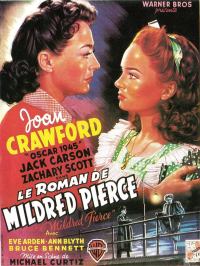




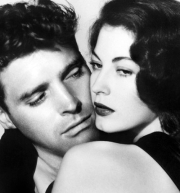




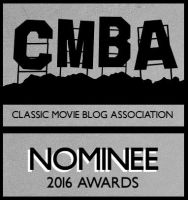





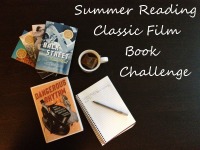


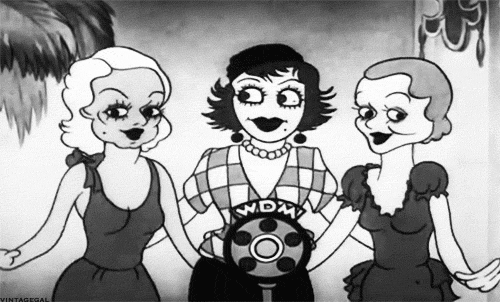
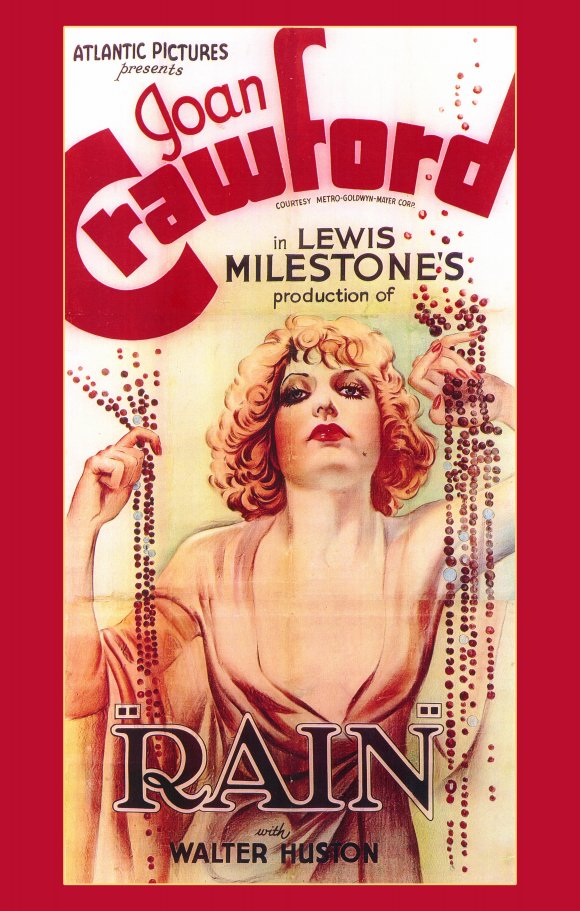

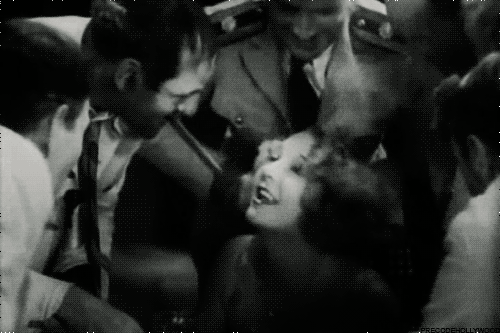
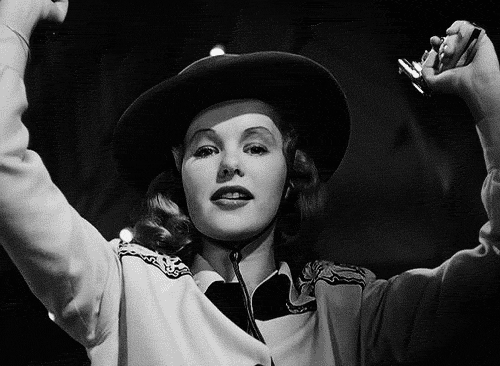

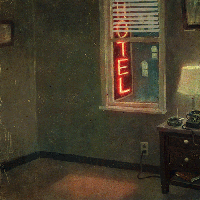
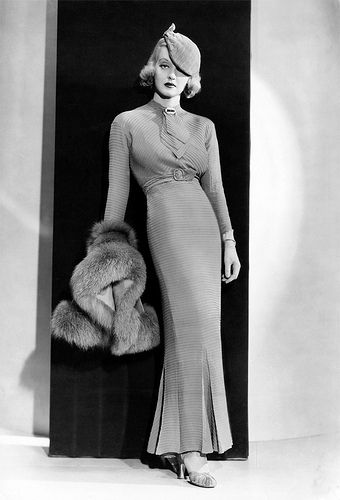


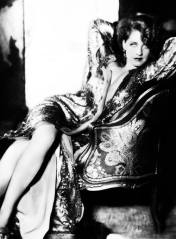
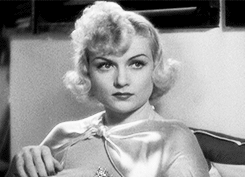




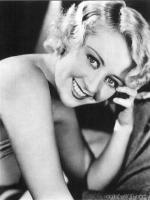
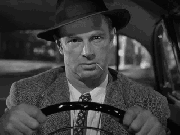
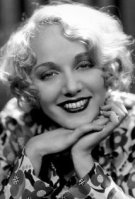
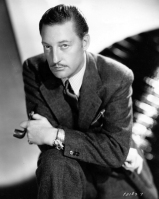
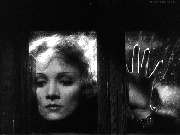


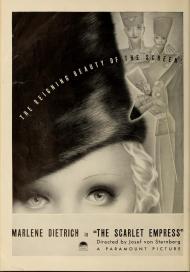
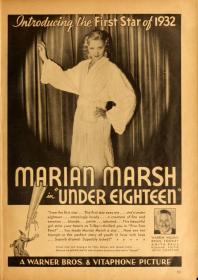
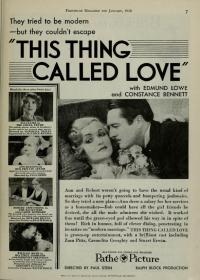


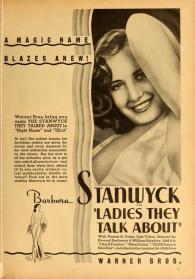


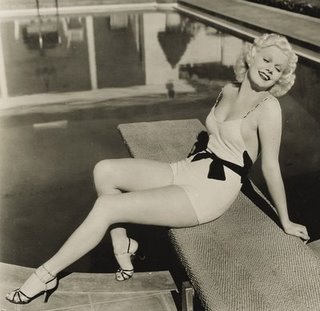
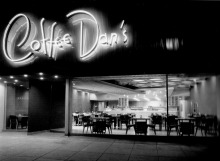



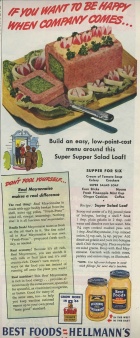
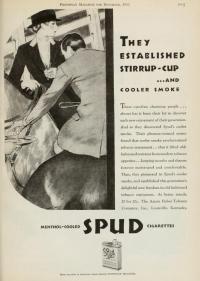

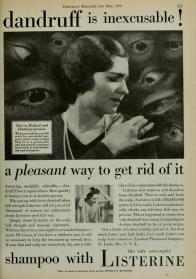
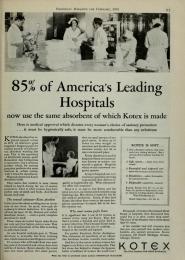
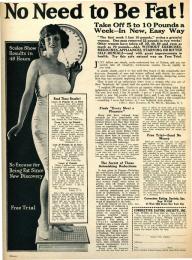


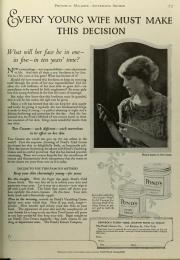
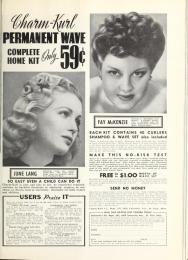
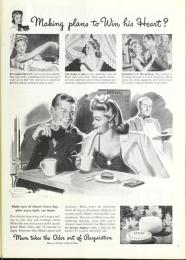


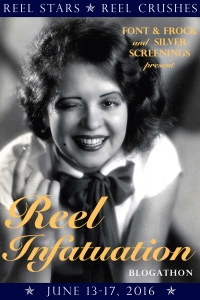

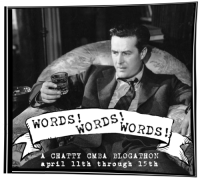

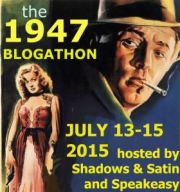
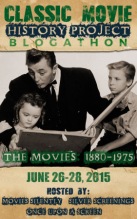

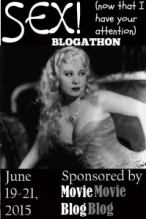
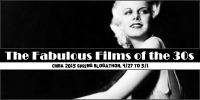
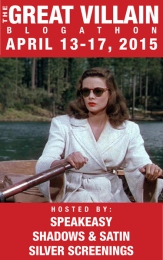

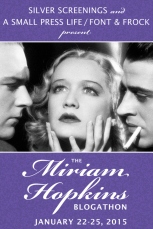
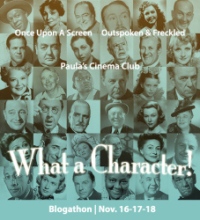
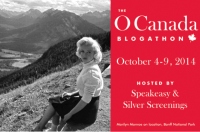



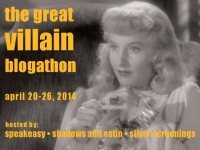
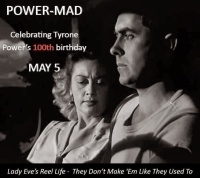


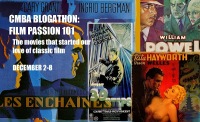
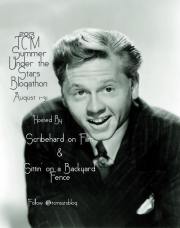
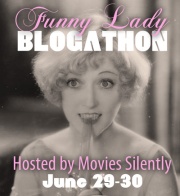


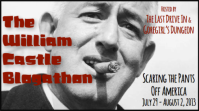

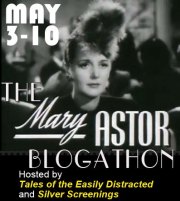


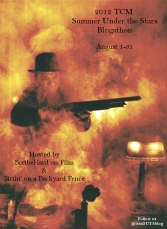


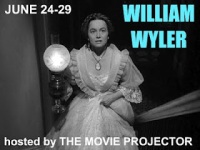

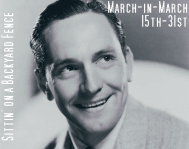
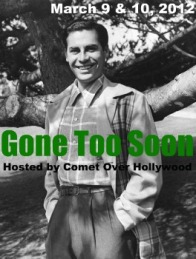


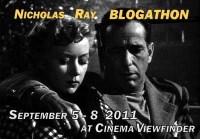

Haha so stubborn! Hope your eyes recover. The Best of Everything sounds really good, will have to check it out.
Thanks, Libby! I think they’re slowly getting back to normal! I hope you’re able to check out The Best of Everything soon — I’m sure you’ll enjoy it.
Go you!
Thanks, Liz! 🙂
Congratulations on the titanic achievement! That’s amazing.
And Ex-Wife does indeed sound like a must-read. I’ll have to go on a hunt for it . . .
Thanks so much, John! I hope you get a chance to read Ex-Wife (and that, if you do, you like it)! I got it off of eBay — easy, peasy!
YAY ::applause:: I’m so impressed with your determination to finish all those books by the deadline. Great job. I love your review round-up and I’m glad that you participated again this year. I’m really curious about Ex-Wife (1929). I definitely have to find a copy. I do have a copy of The Best of Everything so I need to get to that one soon.
One of the reasons I host the challenge is to encourage others to find books they’ve been wanting to read but never got around to. Especially ones that are in our own home libraries. I’m glad you were able to do this with 6 books in your collection! ❤
Thanks so much, Raquel — and thanks for coming up with this totally awesome challenge. I know for a fact that there are books that I never would have read if not for this annual event. It makes me love summer even more than I already do!
Well done! I am really jealous of your weekend, it sounds amazing! I’ve read a lot of old Hollywood books, but none of these so they are all going on the to-read list. Especially Ex Wife – The Divorcee is one of my favourite films!!
I apologize for the delay in responding to this, Claire — thanks so much for your comment! Have you gotten a chance to read Ex-Wife yet?
Very cool! I too am curious about Ex-Wife, it’s so fun to compare sources and adaptations, which that Dark Page book is all about too, which I got from a special friend 🙂 I bow to your reading and reviewing skills, lots of good stuff here.
Thanks, Kristina! (Sorry for the five-month delay in responding. Duh.) Ebay and Amazon usually have copies of Ex-Wife for sale — I think you would really enjoy it.
Karen, these all look like fab reads, but I ABSOLUTELY MUST READ “Bad Movies We Love”. This sounds like a Must Have in a film lover’s library.
Thanks, Ruth (sorry to be responding so late)! Bad Movies We Love is the BEST. So hilarious. And such a great way to check out some hilariously bad movies!
[…] is my fourth straight year participating in the challenge – last year, I literally read around-the-clock for two days to finish four books in order to meet the deadline. […]